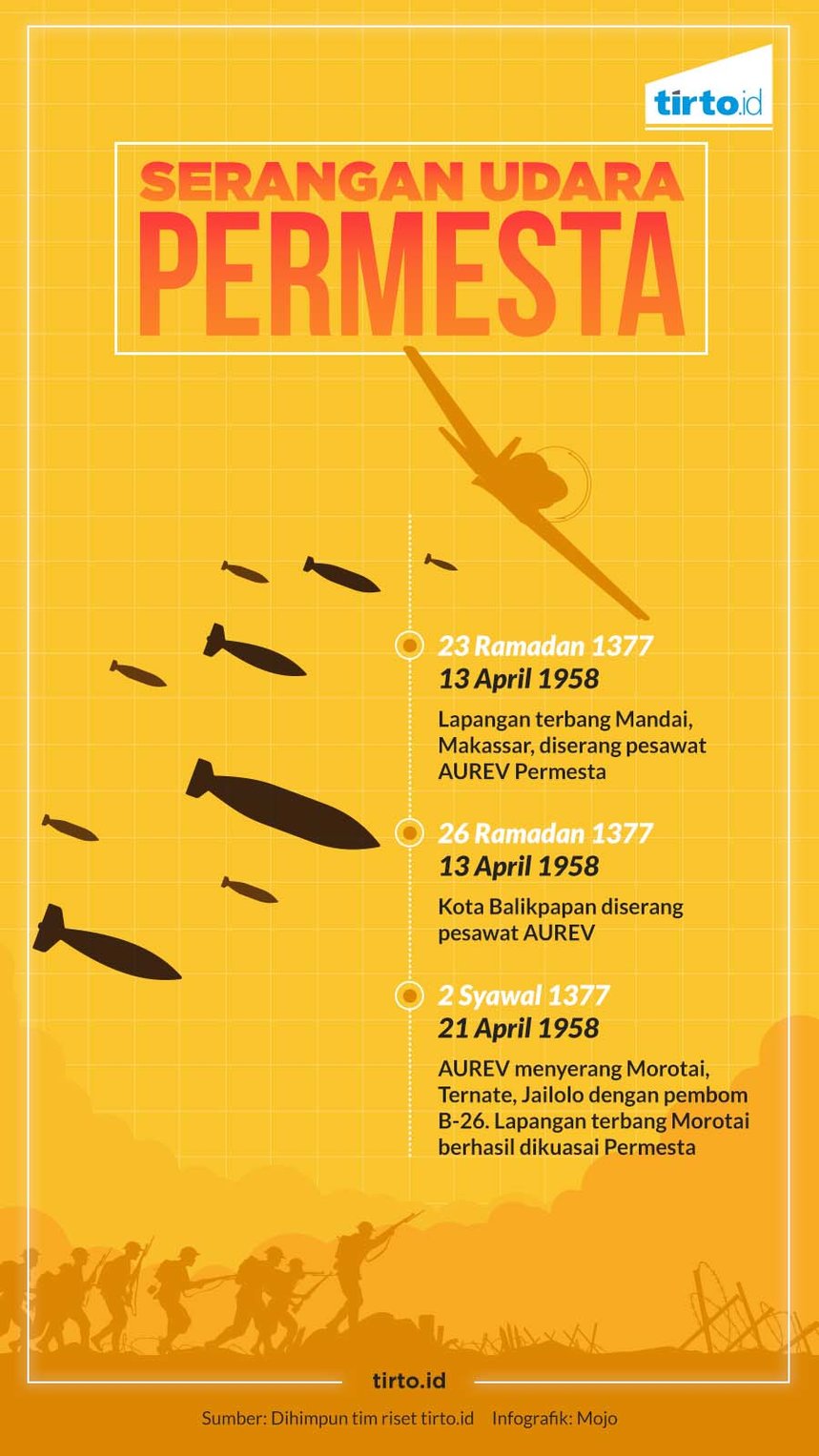

Furthermore, the article brings forward materials about the participation of the former black-hundredists in the Ukrainian movement during the Civil War and pogroms in 1919 as well as focuses on Fedevich’s glaring errors. The author of the article argues that the “Ukrainization” of former mebers of the Union of the Russian People was based on the desire of peasants to get land, and thus qualifies the Little Russian Black Hundred as a radical peasant movement akin to social movements of the Middle Ages. Fedevich thinks that the reason to this transfer was the “Ukrainian” campaign of the Black-Hundred. His thesis that after 1917 many Little Russian black-hundredists joined the Ukrainian camp is correct however, its substantiation does not stand up to scrutiny. In an effort to prove his theory, Fedevich focuses on the “Ukrainian national terminology” and “Ukrainian discourse” in the black-hundredists’ newspapers, misrepresenting the historical-political and social-economic analysis of such specific phenomen as the Volhynian Black Hundred. The Little Russian Monarchists and Ukrainian National Movement (1905–1917) put forward a revisionist concept whereby the Little Russian monarchists and the black-hundredists (primarily, the Pochaev Division of the Union of the Russian People) were the right wing of the Ukrainian national movement. Fedevich, author of the book For Faith, Tsar and Kobzar.


 0 kommentar(er)
0 kommentar(er)
